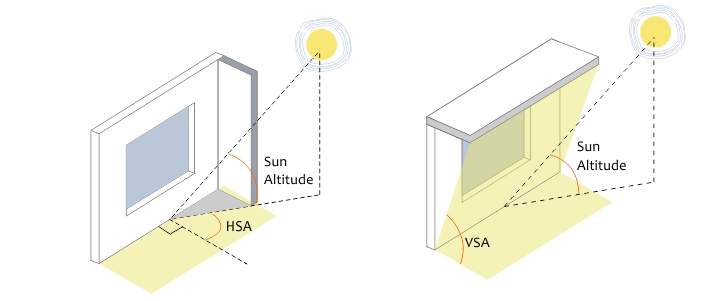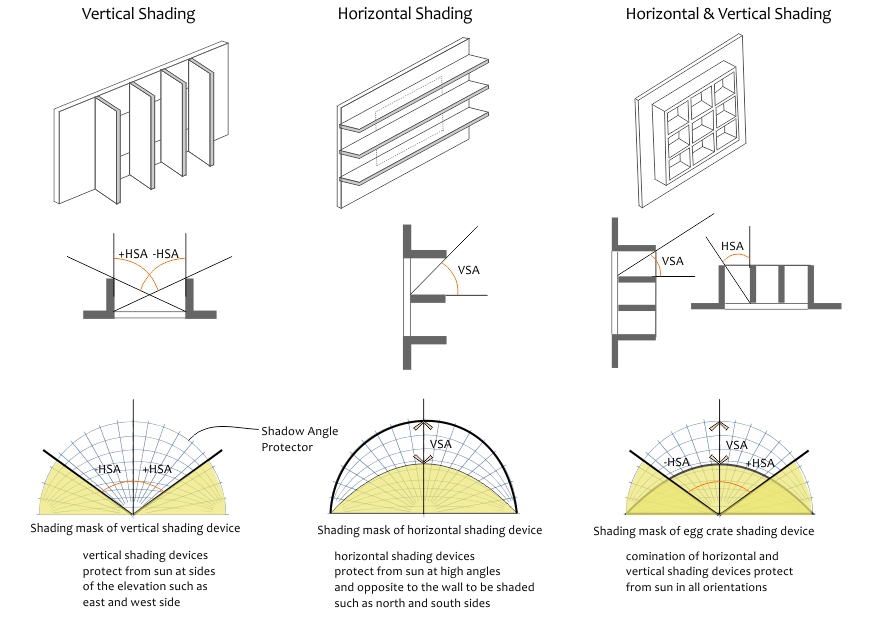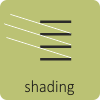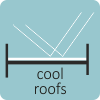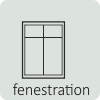Structural controls like ‘external shading devices’ are essential environmental controls that either obviate or greatly reduce the need for mechanical heating and cooling to maintain thermal comfort inside buildings, by controlling heat gain through openings. Along with glazing type and size of the fenestration, shading devices are equally important in limiting heat gain from outside through radiation. External and internal shading devices can thus be used as an essential solution for achieving energy efficiency.
Efficacy of internal shading devices is limited as they absorb the heat once it has been transmitted inside the space and heat up themselves. This can lead to higher mean radiant temperatures inside the building.
Orientation of an opening and by extension, solar radiation incident on it, is the single most important factor in the design of its external shading devices. Impact of seasonal variation in the sun path (and incident solar radiation) is linked to the orientation. Sun path is at a low angle and, slightly to the south of east and west during the winter season in northern hemisphere. In summer, sun path is at a high angle and, to the north of east and west. So shading for south openings in the south must allow penetration of the low angle sun for heat gain during winter but must block the same during summer. For opening in north, shading is needed only to prevent penetration of the high sun angle during summers.
Solar radiation on east and west facing openings does not vary much by the seasonal variations in the sun path. They receive uniform solar radiation, while compared to north and south facing openings, which receive higher solar radiation through the year.


